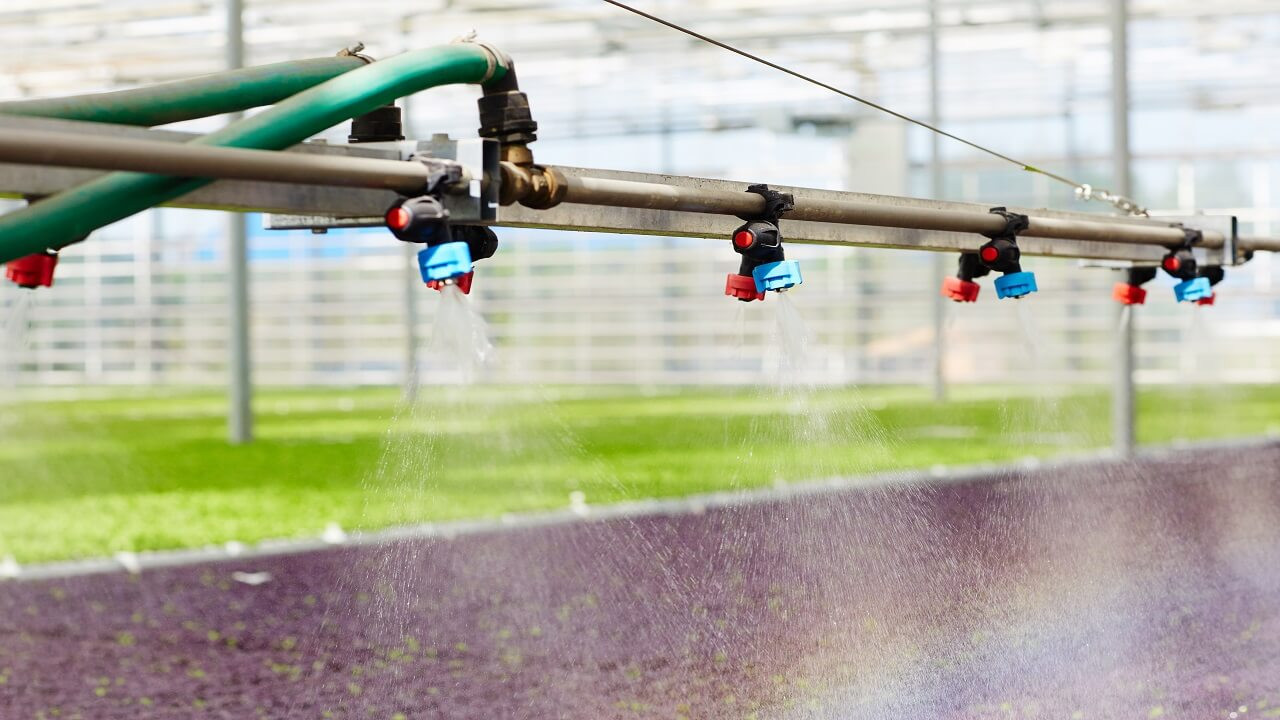
Agriculture Irrigation Systems: Types, Benefits and Selection Guidelines
January 18, 2023, 8:29 am
Agriculture irrigation systems are necessary for boosting agriculture output in the midst of climate and water challenges facing the world.
Agriculture Irrigation Systems: Types, Benefits and Selection Guidelines
Water is essential to every form of life, for all aspects of socio-economic development, and for the maintenance of healthy ecosystems. While there are sufficient freshwater resources at the global level to enable continued agricultural and industrial development, the long-term sustainable use of water resources is of growing concern.
Agriculture is the largest water user worldwide, accounting for 70 percent of total freshwater withdrawals on average – but these amounts can reach as much as 95 percent in some developing countries. Agriculture is also a major source of water pollution from nutrients, pesticides and other contaminants, which if unmanaged can lead to significant social, economic and environmental costs
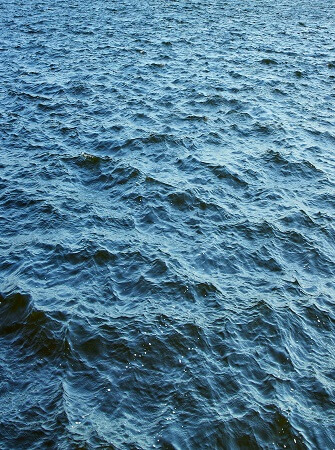
Therefore, proper and effective use of water in agriculture via effective agriculture irrigation is essential for global wellbeing.
WHAT IS AGRICULTURE IRRIGATION SYSTEMS?
Agriculture Irrigation system is the combination of equipment and tools that delivers water needed for crop transpiration, soil leaching to prevent salinization, weed control, etc.in crop and vegetable farming.
The United Nations FAO estimates that about 60 percent more food will be needed by 2050 to meet the food requirements of a growing global population.
Water demand is therefore set to increase. It’s projected that irrigated food production will increase by more than 50 percent by 2050, but the amount of water withdrawn by agriculture can increase by only 10 percent, provided that irrigation practices are improved and yields increase.
IMPORTANCE OF WATER TO FOOD PRODUCTION
Moisture or water management throughout the growing season of crops and vegetables is a critical factor for production of high quality crops and vegetables.

Even relatively short periods of inadequate soil moisture can adversely affect crops.
Moisture stress has varying effects on plants depending on developmental stage and type of stress. Moisture deficiencies occurring early in the crop cycle may delay maturity and reduce yields and quality. Shortages later in the season often decrease quality, as well as yields, or even result in irreversible crop damage. Conversely, too much moisture, especially late in the season, can reduce quality and postharvest life of crops.
BENEFITS OF AGRICULTURE IRRIGATION SYSTEMS
The primary objective of agriculture irrigation system is to provide crops with adequate and timely amounts of water, thus avoiding yield loss caused by extended periods of water stress during stages of crop growth that are sensitive to water shortages.
In addition to its primary objective, agriculture irrigation has the following benefits:
- Agriculture irrigation prevents water wastage in crop farming
- Agriculture irrigation improves soil quality
- It ensures efficient use of power and energy sources used in food production
- It preserves water bodies by ensuring efficient use of water
- Agriculture irrigation improves labor productivity in agriculture
TYPES OF AGRICULTURE IRRIGATION SYSTEMS
There are basically four types of agriculture irrigation systems:
- Surface Irrigation
- Sprinkler Irrigation
- Drip Irrigation
- Subsurface drip Irrigation
Surface Irrigation System
In this type of irrigation, water is supplied to the plants by allowing it to collect or gather on the top or surface of the soil. Surface irrigation is designed to apply water evenly over the entire irrigated area.
Two common methods of surface irrigation are: flood and furrow
Flood Method
Furrow Method

In surface irrigation, the depth of applied water entering the soil varies with location in the field and depends on the infiltration rate and time available for infiltration.
Differences in the rate of infiltration are caused by land slope, degree of compaction, textural changes, and soil chemistry. The opportunity time during which infiltration can take place also varies; the upper end of the field nearest the water source usually has water on its surface for a much longer time than does the lower end.
The driest area is typically about two-thirds of the distance down the field. High spots in the field also receive less water because, being high, they are covered by less water and for a shorter period.
Disadvantages of Surface Irrigation System
It is usually not sufficiently flexible to apply less than an 80 to 100 mm depth per irrigation. As a result, frequent irrigation is needed to reduce possible water stress which may also waste water and cause waterlogging and drainage problems.
Sprinkler Irrigation System
A well-designed sprinkler irrigation system applies water to crops with good uniformity and at rates of application low enough to prevent runoff. If well managed, it will result in an excellent overall irrigation and adequate and uniform leaching.

Depth of water applied is controlled by adjustments in the duration of application, sprinkler spacing and nozzle size. However, wind can distort the water patterns and must be considered.
Sprinkler irrigation is sometimes used to aid in temperature control, germination and early seedling growth at which time the crop may be particularly sensitive to salinity, high temperatures and soil crusting.
Disadvantages of Sprinkler Irrigation System
On sensitive crops, sprinklers can cause leaf burn if thesalts (sodium and chloride) in the water concentrate excessively on the leaves aswater evaporates between rotations of the sprinkler. These salts areabsorbed and may cause a toxicity.
Also, one of the concerns expressed about sprinkler use in hot arid areas is the evaporation loss during sprinkling and the possible increase in salinity of the water that infiltrates the soil but there is no clear evidence that this evaporation is significant enough to warrant concern.
Drip Irrigation System
Drip (or trickle) irrigation is a method of slowly applying small amounts of water directly to the plant root zone. Water is applied frequently, often daily or several times a week, to maintain favorable soil moisture conditions.

Advantages of Drip Irrigation System
The primary advantage of drip irrigation systems is that water use is more efficient than with sprinkler or surface irrigation systems. In many cases, one-half or less of the water applied with sprinkler or surface systems is required with drip systems because there is no evaporation loss from the soil surface. In addition, substances applied through the drip irrigation system, such as pesticides and fertilizers, are conserved along with water.
Drip irrigation systems have several other advantages over sprinkler and surface irrigation systems. Low flow rates and operating pressures are typical for drip systems. These characteristics lead to lower energy and equipment costs. Once in place, drip systems require little labor to operate, can be automatically controlled, and can be managed to apply precisely the amount of water needed by the crop, which also reduces operating costs.

With most drip systems, disease and insect damage is reduced because leaves are not moistened by irrigation water. In addition, the areas between rows remain dry, which reduces weed growth and water use, as well as pests and pathogens in these areas of the field. Another advantage is that field management operations can continue during irrigation.
Disadvantages of Drip Irrigation System
There are also potential problems with drip irrigation systems. Most drip irrigation systems require a higher level of management than other irrigation systems. Moisture dispersal throughout the soil is limited, and usually a smaller soil water reserve is available to plants. Under these conditions, the potential to stress plants is greater than with other types of irrigation systems. Drip systems must be carefully managed to avoid localized moisture stress.
The equipment used in drip systems also presents potential problems and drawbacks. Drip irrigation equipment can be damaged by insects, rodents, and laborers. Pressure regulation and filtration require equipment not commonly found on sprinkler or surface systems. The drip system, including pump, headers, filters, and connections must be checked and ready to operate before planting. Failure to have the system operational could result in costly delays, poor plant survival or irregular stands, and reduced yield.
Subsurface Drip Irrigation System
Sub-surface drip irrigation, most commonly known as SDI, is the practice of using drip tape buried at depth for multi-year irrigation applications. SDI systems offer precise efficient delivery of water, deliver nutrition or crop protection, and achieve uniform plant production.
These systems are easily automated, and can significantly decrease labor requirements. It is essential that SDI system operators be provided with adequate education to ensure they develop the necessary management skills. Water quality is a critical component of the success of an SDI system. Maintaining adequate water quality will maximize both system performance and longevity.
SDI is best addressed in two separate categories: Short-term SDI and Long-term SDI: Short-term SDI (ST SDI) is defined by a life expectancy ranging from 3 to 10 years. However, system life alone does not define Short-term SDI. These systems are typically used on mid-valued vegetable crops (for example: processed crops). ST SDI systems are commonly designed to deliver peak evapotranspiration water demand to crops giving the grower greater control in meeting the crop’s water needs.
Typically, drip tape is installed between 3 inches and 10 inches in depth, along each crop row on the raised bed. The headers of the drip tape can be supplied with water via surface hose or permanently buried PVC pipe; the other end of the drip lateral is typically left exposed for flushing. ST SDI offers many of the advantages of surface drip irrigation without the annual expense of drip tape replacement

Long-term SDI (LT SDI) is characterized by a life expectancy of 10 years or greater. These systems are primarily designed for commodity crops (for example: corn, cotton). The LT SDI systems are designed to efficiently deliver water to large expanses of acreage. Due to limited water availability and high crop water demand, Long term SDI systems are not typically designed to replenish peak volume needs, but rather used to manage soil moisture profile during periods of peak water demand.
Agriculture Irrigation Systems Selection and Usage Guidelines
The following should be kept in mind when deciding and implementing agriculture irrigation:
1.Soil Factors
Soil must always be considered because soils vary greatly in water-holding capacity and infiltration rate. Soils with high levels of silt, clay, and organic matter have greater available water-holding capacities than do sandy soils or soils that are compacted. Available water refers to the amount of water that a plant is able to withdraw from the soil. Soils with high available water-holding capacities require less frequent irrigation than soils with low available water-holding capacities.
A greater volume of water must be applied per application on silty soils. Another soil factor that influences irrigation practices is the soil infiltration rate. Water should not be applied to soils at a rate greater than the rate at which soils can absorb water. Excessive irrigation may lead to erosion from runoff and promote disease development.
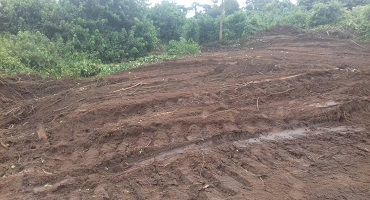
Sprinklers apply water in droplets, some quite large. On impact, these large droplets can disperse the soil surface particles and aggravate or cause an infiltration problem accompanied by excessive runoff. Application rates normally vary from 3 mm to 6 mm per hour over the irrigated area. Sprinklers are well adapted to sandy and loamy soils but less so to heavy or clayey type soils.
Localized drip or trickle irrigation systems are better adapted to loamy or clayey soils and apply water through many small outlets (emitters) at a rate of 2 to 4 litres per hour.At these low rates they do not disperse the soil particles as do sprinklers. They are less well adapted to sandy soils
3. Research shows that irrigating to maintain soil moisture levels in a narrow range, just slightly below field capacity (60 to 80% available soil moisture), results in better crop performance than if the range is broader. Soil moisture monitoring is therefore a more accurate way to determine irrigation needs.
4. Plastic mulches reduce evaporation from the soil but also reduce the amount of water that can reach the root zone from rain. Thus, much of the natural precipitation should be discounted when scheduling irrigations for crops grown under plastic mulch.
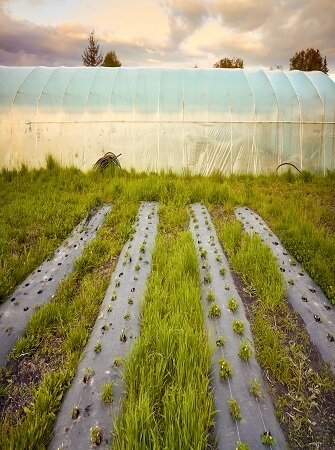
5. In general, apply 0.25-0.75 inches of water per irrigation. This will ensure that water reaches active areas of the root zone. The exception is during early crop growth and establishment when lower rates may be appropriate.

6. If irrigation water has a high salt content (for example wells in coastal aquifers or tidal streams), excess water should be applied per irrigation to leach any salts before they are concentrated by evaporation.
7. Total weekly water needs for vegetable crops will increase up to full canopy and decrease thereafter. Irrigation rates should be adjusted accordingly. Critical crop stages such as fruiting or tuber bulking should also be considered in determining weekly irrigation rates.
Setting Up Agriculture Irrigation Systems
Each agriculture irrigation system setup is unique and different because factors such as underground water table, water quality, land topography and soil conditions are not the same. However, the following equipment are used in setting up an agriculture irrigation system:
Water Pump
This equipment brings water from the underground or underlying water table to the place where it is to be treated or used on the farm. The pump can also bring water from water bodies such as rivers or lagoons too.
In most cases, energy-efficient submersible water pump is used.
Water Tank
This equipment is used to hold the water for treatment in areas where the (high sodium, high salt etc.). It is best placed on a height above ground level to take advantage of gravitational force in supplying the water to the crops
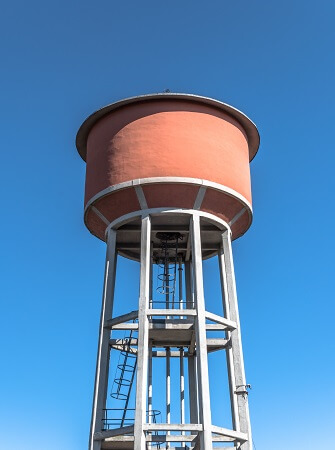
Pipe and Tapes
These are the channels or medium through which water flows and is deposited to the plant

Connectors
These are used to connect the pipes and tapes to the tank and other water sources

Valves
These are used to control the flow of water from the tanks to the pipes and plant
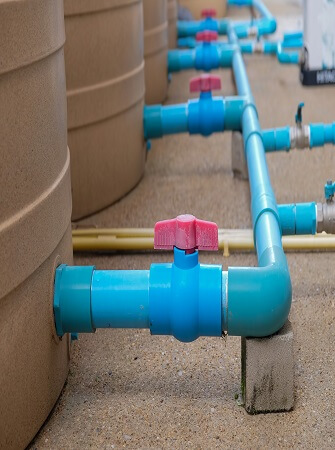
Sprinklers
These are used for dispersing water to entire body of the plant or crop (leaves, stem etc.)

For efficient agriculture irrigation, enlist the services of experienced water professionals who will analyze your farm, water quality and soil conditions before preparing an irrigation solution that meets your requirements.
If you need consultations for deployment of the best irrigation solutions for your farm, send an email to agsolutions@agricdemy.com or call/chat with us on +2348089864121
REFERENCES
FAO Water for Sustainable Food and Agriculture
Water Quality for Agriculture by R.S Ayers

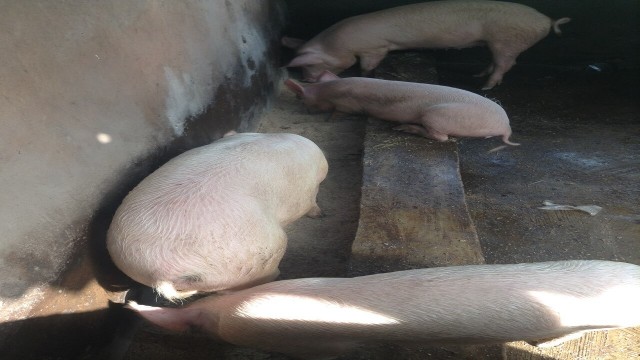





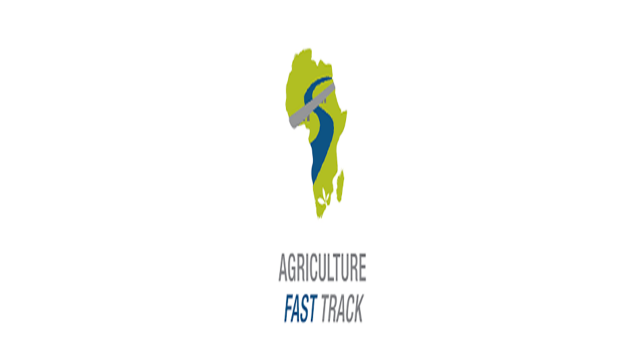

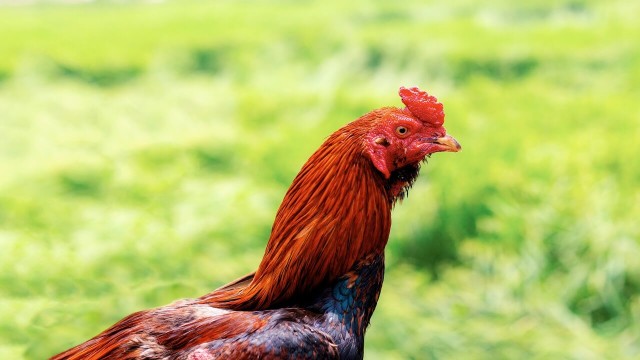
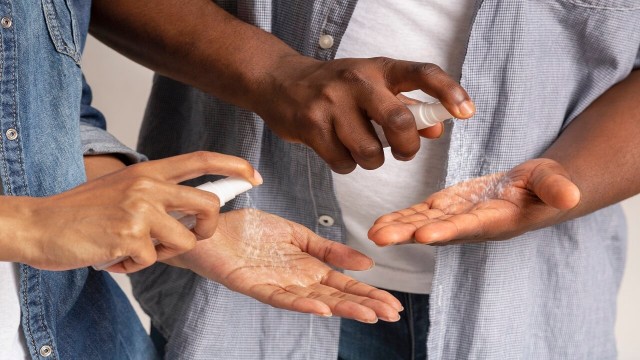
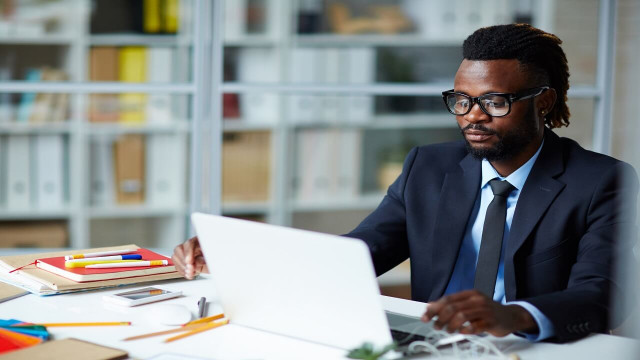
Share This Article: